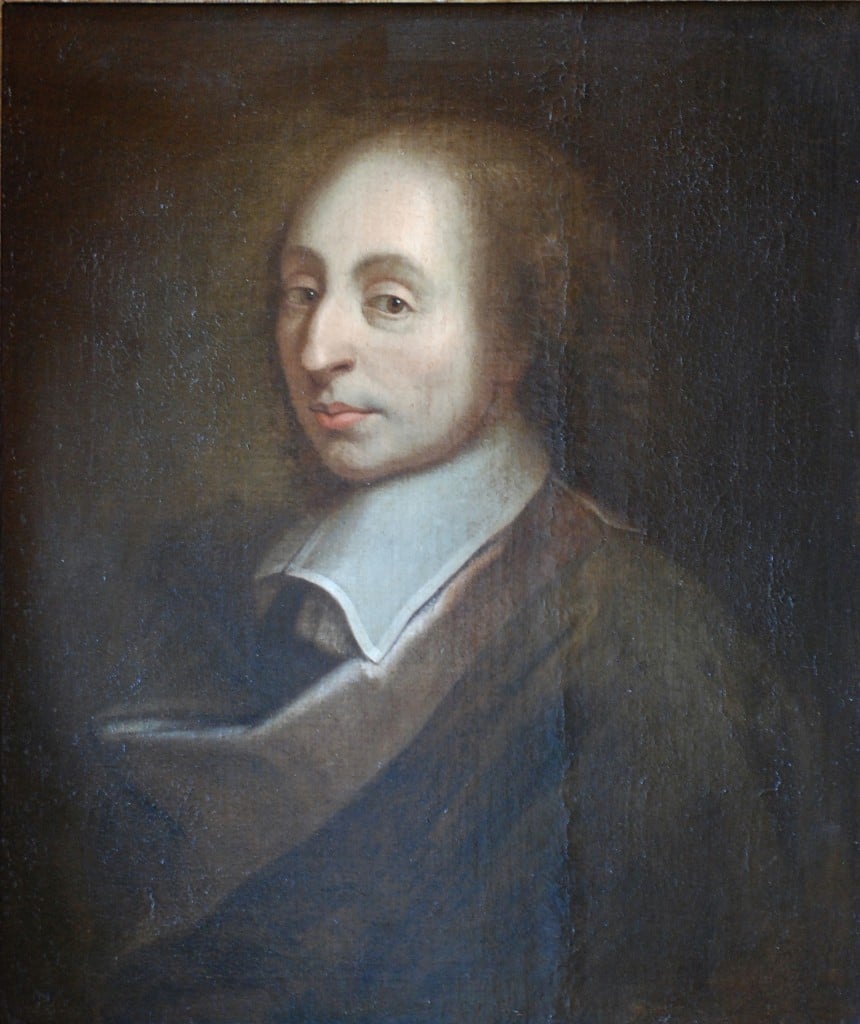Over the past couple of weeks, I’ve been sharing musical selections from contemporary culture that are Christocentric. This week I wanted to take that same theme, but apply it to a much earlier era. While attempting to do so, I stumbled upon the works of Tomás Luis de Victoria.
Now, if I was from Spain, I would probably have learned of de Victoria in grammer school. I’m not from Spain, but I’m a Catholic now, see, so Christ’s whole world is open to me. Call it Jesus’s Big Back Yard, and come along with me to learn about one of our neighbors.
I found an article about de Victoria in the on-line version of Gramophone, a publication out of the U.K. that purports to be “the world’s authority on classical music since 1923.” The author, Edward Breen (who packs enough musical/intellectual bonafides to fill a barn) writes,
 Born into a large and influential family near Ávila in 1548, Victoria died in Madrid on August 20, 1611. As a choirboy in Ávila Cathedral he studied with the leading Spanish composers of his time, yet this great Spanish renaissance composer was to be active in Italy for an important part of his life. In the mid 1560s he was sent to the Jesuit Collegio Germanco (a seminary founded in response to the spread of Lutheranism) in Rome.
Born into a large and influential family near Ávila in 1548, Victoria died in Madrid on August 20, 1611. As a choirboy in Ávila Cathedral he studied with the leading Spanish composers of his time, yet this great Spanish renaissance composer was to be active in Italy for an important part of his life. In the mid 1560s he was sent to the Jesuit Collegio Germanco (a seminary founded in response to the spread of Lutheranism) in Rome.
Avila? Where have I heard of that place before?
Enrolled as a singer, Victoria would have lived alongside English, Spanish and Italian boarders as well as those in training for the German missionary priesthood. In the period leading up to his first publication of motets (1572) it is most likely that Victoria knew Palestrina (who at the time was maestro di cappella at the Seminario Romano) and may even have been taught by him. Certainly modern commentators feel that Victoria was the first Iberian composer fully to master Palestrina’s style. His work as a singer and organist in Rome lead to a teaching post at the Collegio Germanico and eventually to the priesthood after his wife’s death in 1577.
The “eventually to the priesthood after his wife’s death,” is the part that really woke me up. How many times have you heard that folks who become priests, or immerse themselves in the faith, just can’t cut the mustard in the arts? Or in the sciences, for that matter? But sticking to the musical arts, here is a guy who was perhaps a model for Fr. Antonio Vivaldi, a composer you may have heard of, to look up to and perhaps follow in his footsteps.
How important is this de Victoria guy anyway? As the Catholic Encyclopedia reference on Passion Music tells it, he is important enough for the experts to Italianize his name because,
Probably the most important musical interpretations of (the Passion) text are the two by Tomas Luis da Vittoria (1540-1613). Vittoria, retains the plain-chant melodies for single persons and makes them serve, after the manner of Obrecht, as canti fermi in the ensemble. The value of these works is proved by the fact that for more than three hundred years they have formed part of the repertory of the Sistine Chapel choir for Holy Week.
Make that 400 years now. I found another citation on Fr. Tomás where I least expected it. Would you believe Absolute Astronomy? That’s where I learned this about the guy I’d never heard of,
is the most significant composer of the Counter-Reformation in Spain, and one of the best-regarded composers of sacred music in the late Renaissance, a genre to which he devoted himself exclusively. Victoria’s music reflected his intricate personality. In his music, the passion of Spanish mysticism and religion is expressed. Victoria was praised by Padre Martini for his melodic phrases and his joyful inventions. His works have undergone a revival in the 20th century, with numerous recent recordings. Many commentators hear in his music a mystical intensity and direct emotional appeal, qualities considered by some to be lacking in the arguably more rhythmically and harmonically placid music of Palestrina.
Calm down though and remember who is writing this post. Like I said when I wrote about Fr. Vivaldi, I’m no music scholar; I only know what I like. So let’s have a listen to Fr. Tomás’ work and see what all the fuss is about.
Vox Coelestis, O Magnum Mysterium. All I can say is Alleleuia indeed! Here is the English translation,
O great mystery,
and wonderful sacrament,
that animals should see the new-born Lord,
lying in a manger!
Blessed is the Virgin whose womb
was worthy to bear
Christ the Lord.
Alleluia!
Tallis Scholars First Lamentation for Maundy Thursday.
Taedet animam meam. This is taken for the Book of Job (10:1-7) Get out your Bible and read along.
Westminster Cathedral Choir, ‘Communio’ from Requiem
Matritum Cantat Choir, Tenebrae factae sunt.
Well, what do you think? Would you believe there are nine pages worth of videos of his works over on You Tube? You can learn more about Fr. Tomás in Grove’s Dictionary of Music and Musicians. Meanwhile, I need to get cracking on learning more about this fellow named Palestrina.












